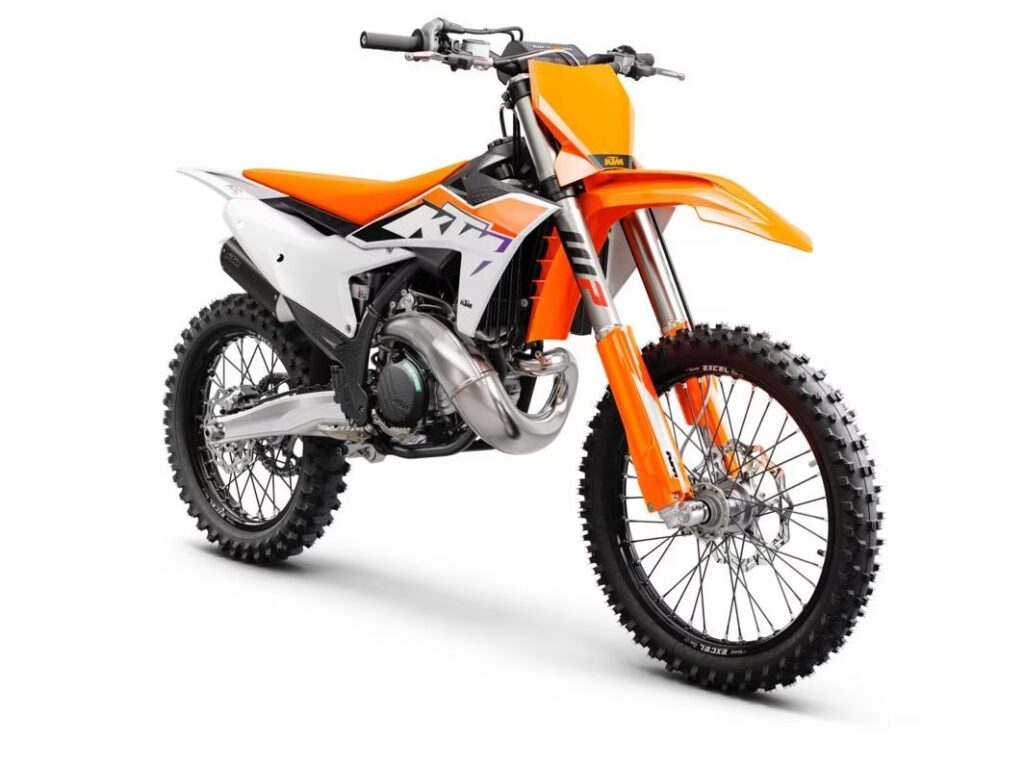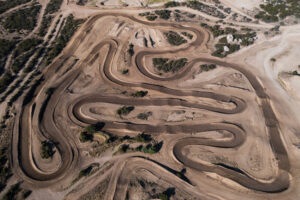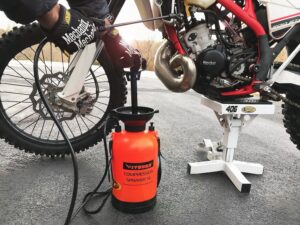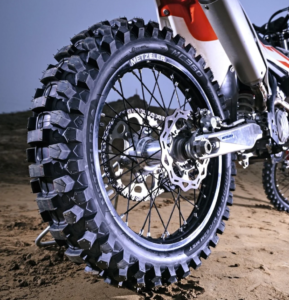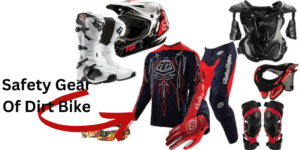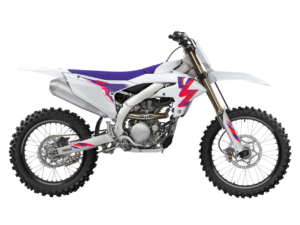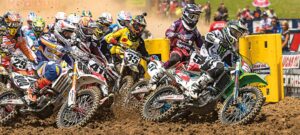Dirt Bike
Dirt bikes also known as off-road motorcycles, are specialized motorcycles designed for riding on unpaved or rough terrain. They are built to handle various off-road conditions, such as dirt trails, gravel roads, rocky paths, mud, and more. Dirt bikes are popular for recreational riding, competitive racing, and various forms of off-road adventure. Here are some key characteristics and features of dirt bikes:
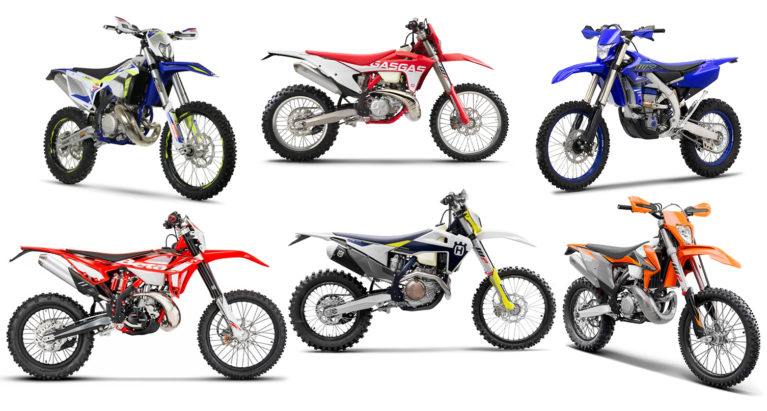
Lightweight:
When compared to road motorbikes, dirt bikes are often lightweight. This makes them more nimble and maneuverable in off-road situations.
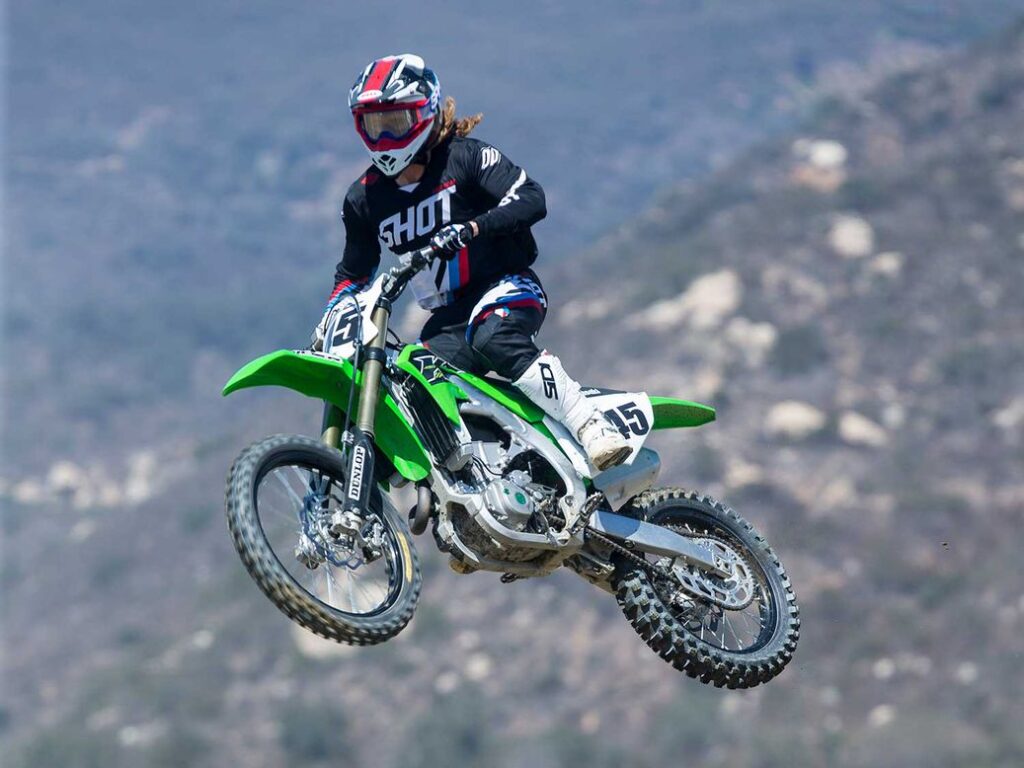
lengthy Suspension Travel:
They have suspension systems with lengthy travel to absorb shocks and give a smoother ride over difficult terrain.
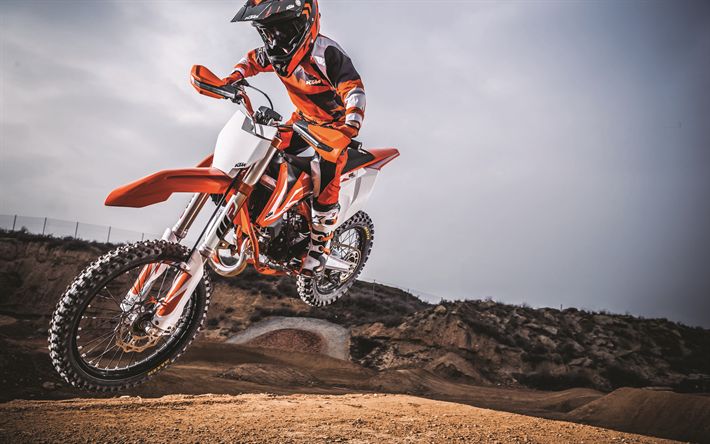
Knobby Tires:
Dirt motorcycles have knobby tires that provide improved grip on slippery or uneven terrain.
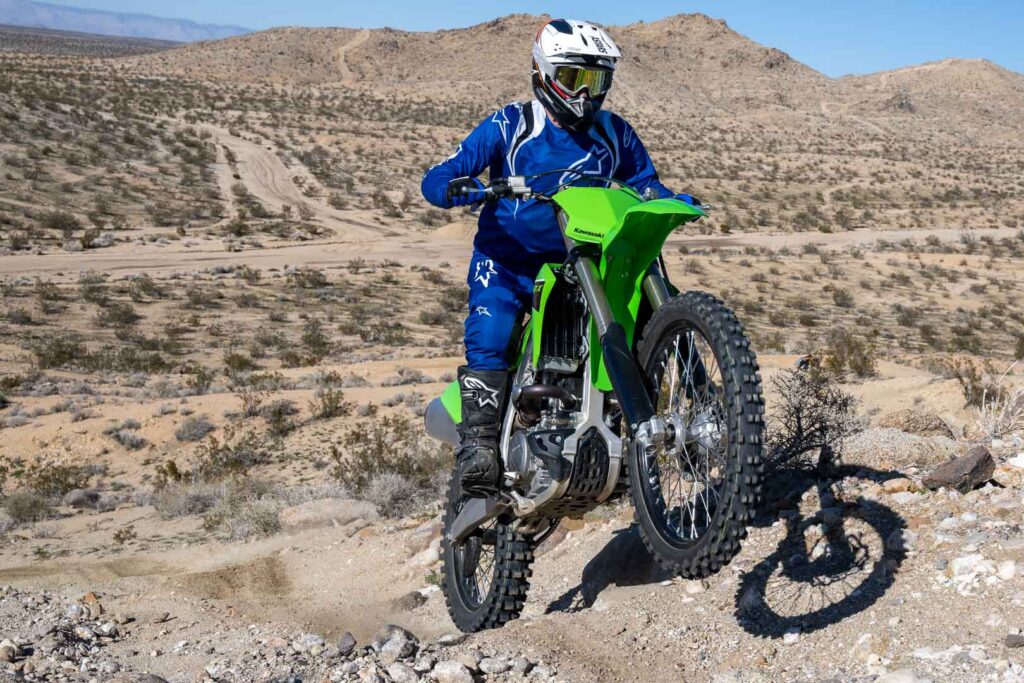
High Ground Clearance:
Dirt motorcycles feature high ground clearance to avoid obstacles like rocks and tree roots.
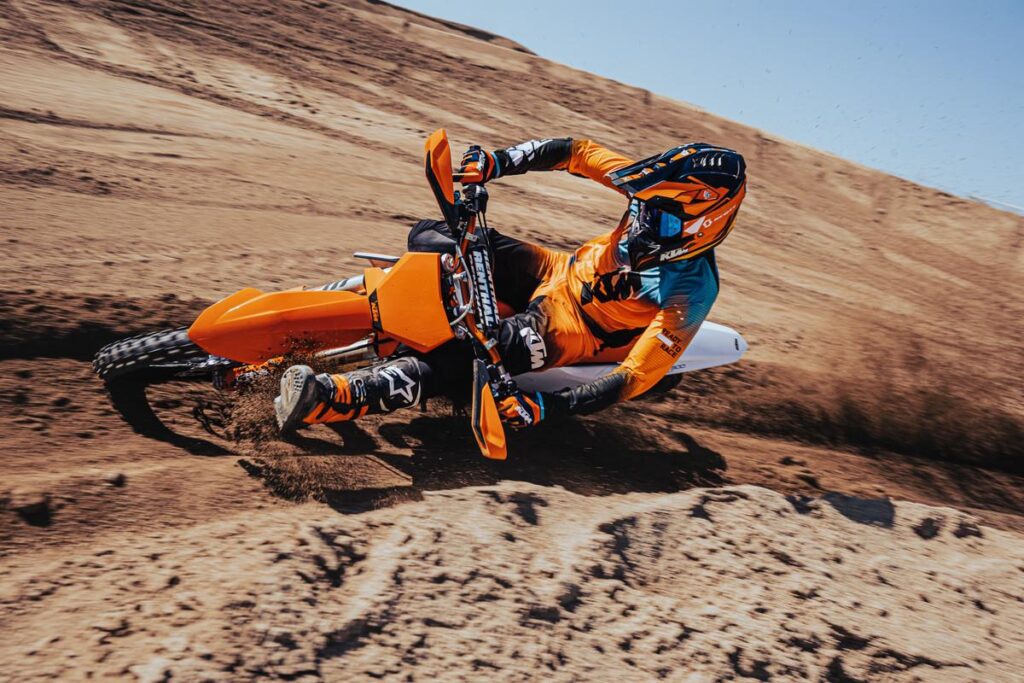
Strong Engines:
Depending on their intended purpose, dirt motorcycles have engines with a range of sizes and power outputs. For competitive riding, motocross and enduro motorcycles often feature more powerful engines, whereas trail bikes may have less powerful engines.
These bikes frequently feature a simple design that places an emphasis on strength and simplicity since they must survive the demands of off-road riding.
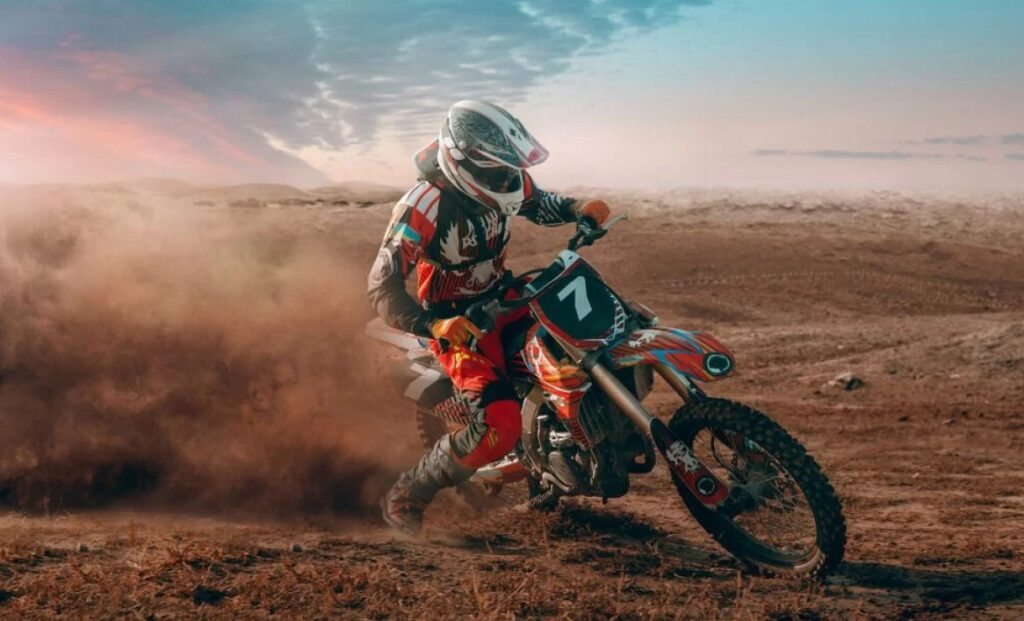
Off-Road Features:
To prevent damage while riding off-road, dirt motorcycles may include skid plates, handguards, and strengthened frames.
Variety of kinds:
Different dirt bike kinds are designed for particular off-road sports, such as motocross, enduro, trail riding, trials, and more.
Two-stroke vs. four-stroke:
There are two different engine types available for dirt motorcycles, each having its unique benefits and traits. While four-stroke engines offer a smoother power delivery and greater fuel efficiency, two-stroke engines are renowned for their portability and excellent power-to-weight ratios.
Riding Gear:
To safeguard oneself from the weather and potential falls, riders often use specialized off-road riding gear, such as helmets, goggles, gloves, jerseys, pants, boots, and body armor.
There is a dirt bike suitable for your needs and ability level, whether you’re interested in motocross racing, trail riding, enduro events, or simply enjoying the great outdoors. When riding off-road, it’s crucial to get the suitable kind and size of dirt bike for your intended use and to follow the necessary safety precautions.
What Are the Best top Ten Brands Of Dirt Bikes?
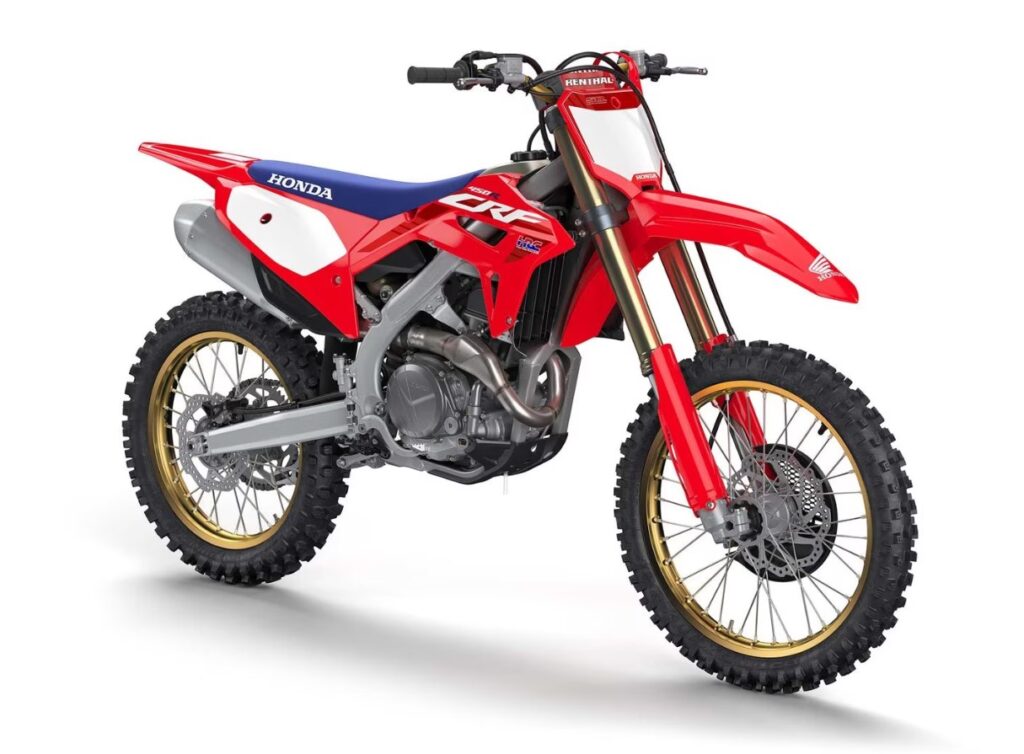
HONDA
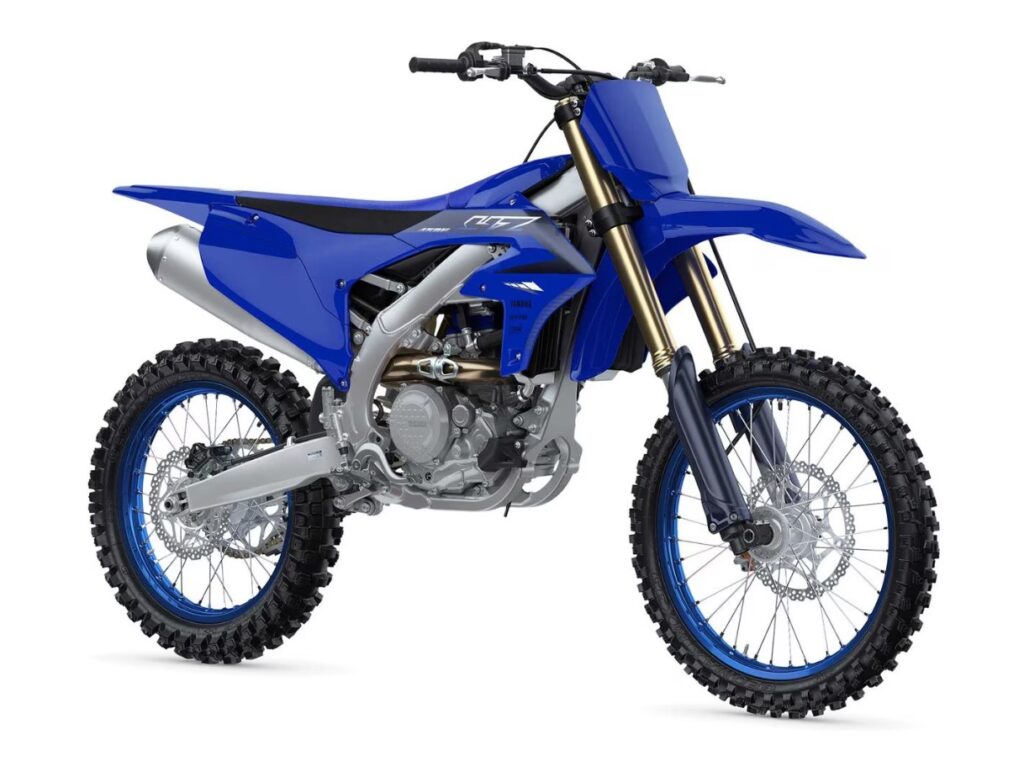
YAMAHA
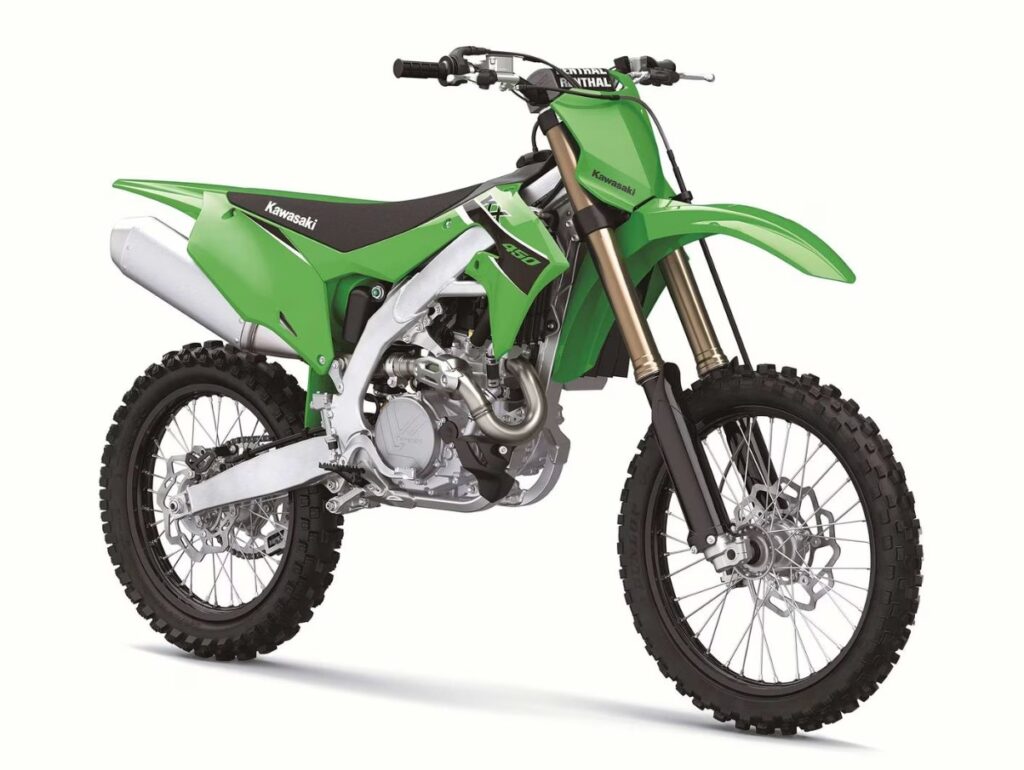
KAWASAKI
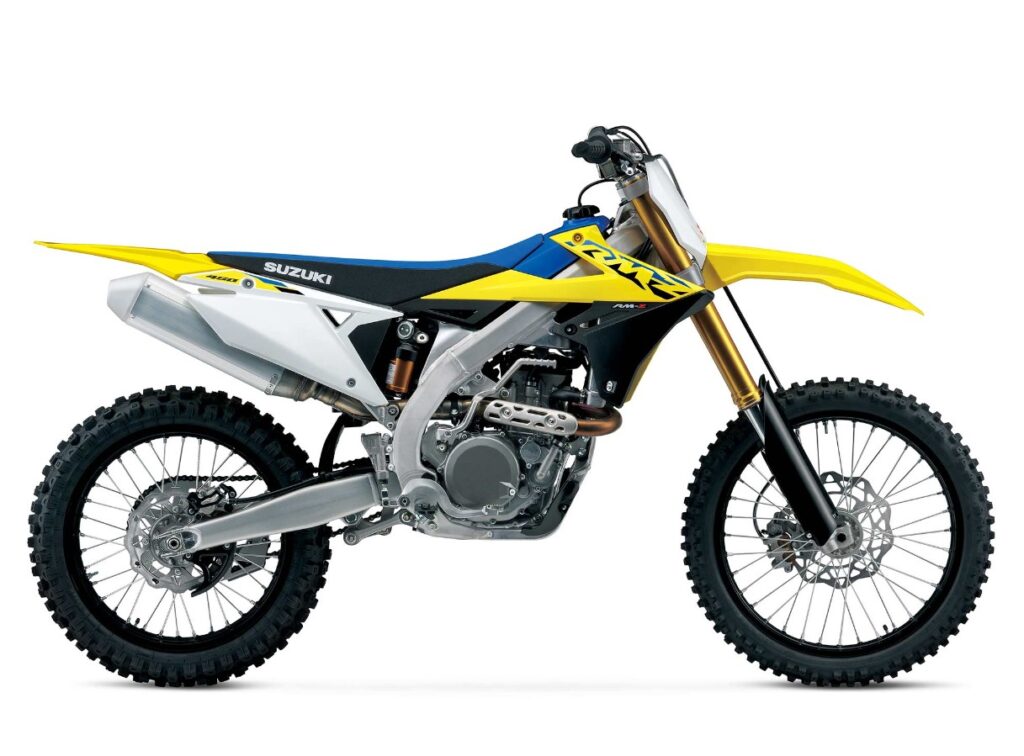
SUZUKI
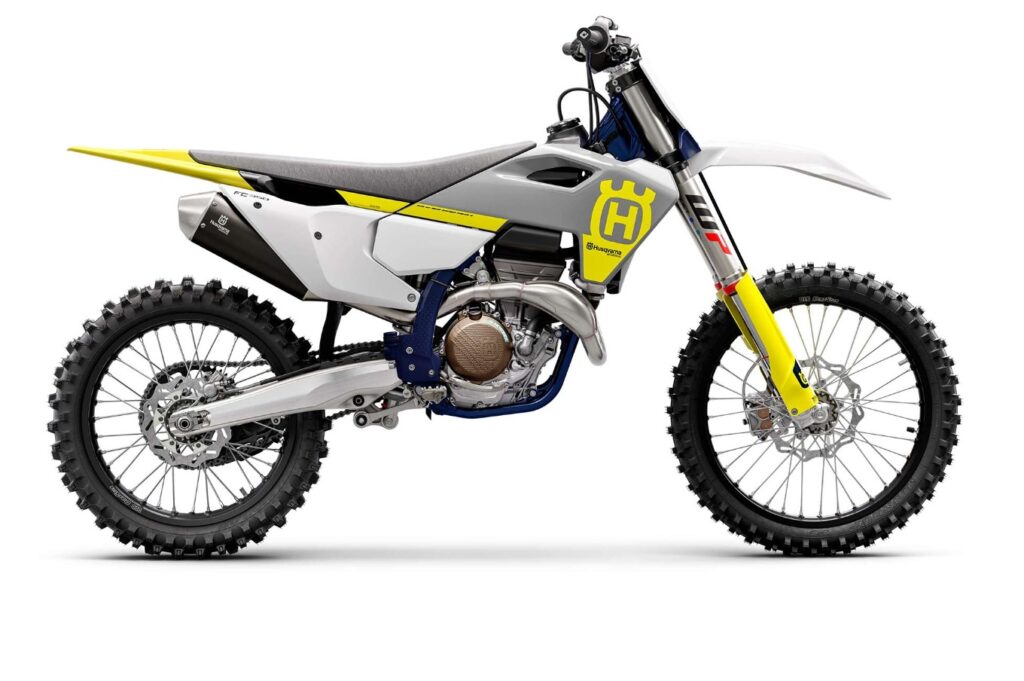
HUSQVARNA
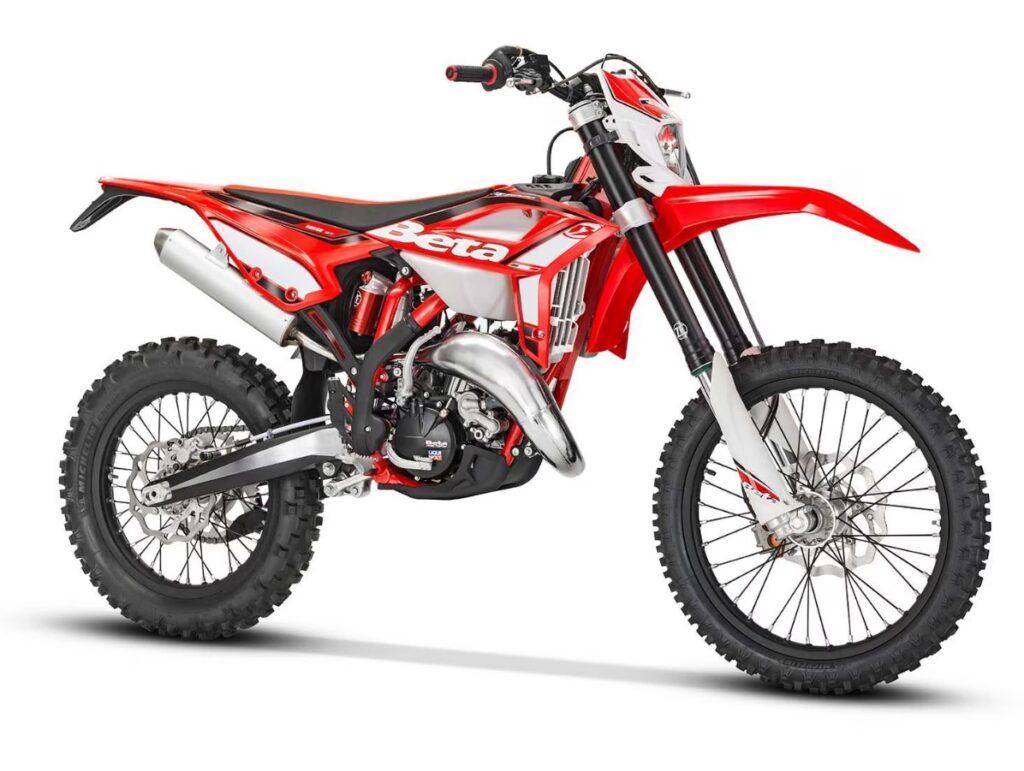
BETA
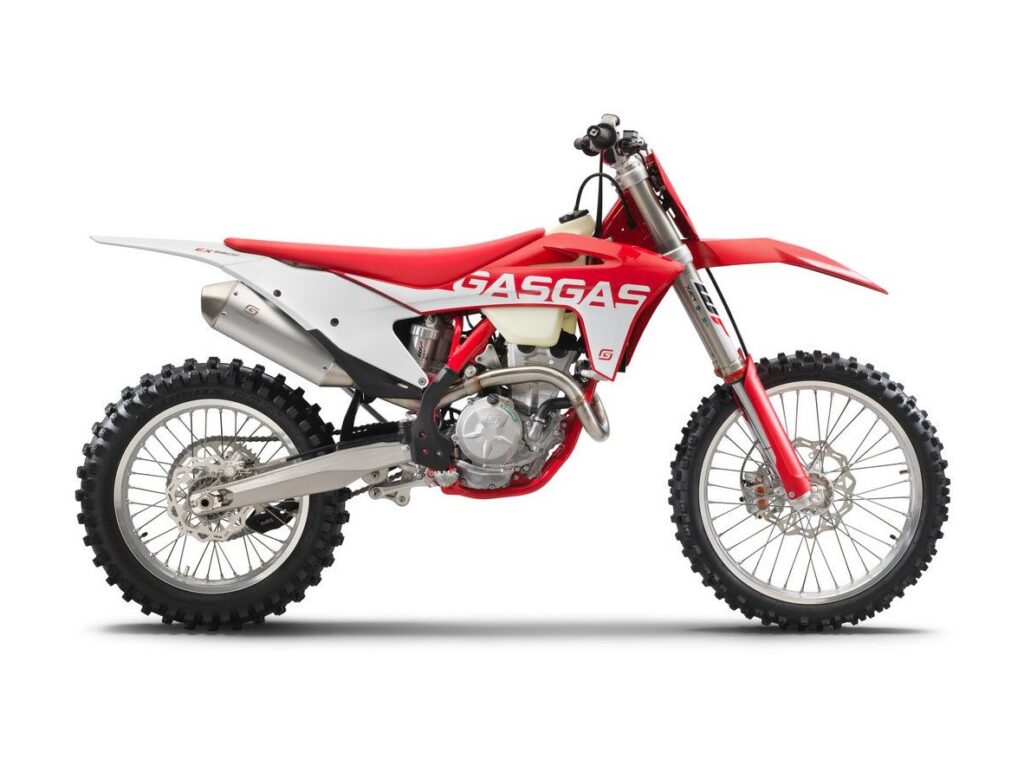
GASGAS
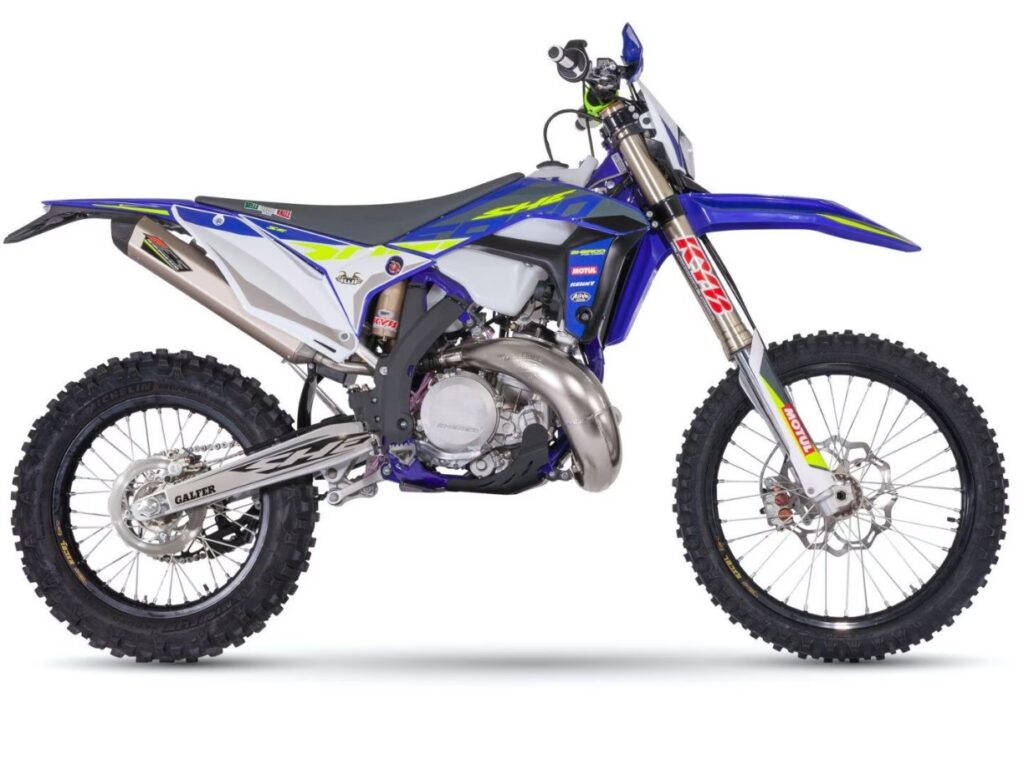
SHERCO
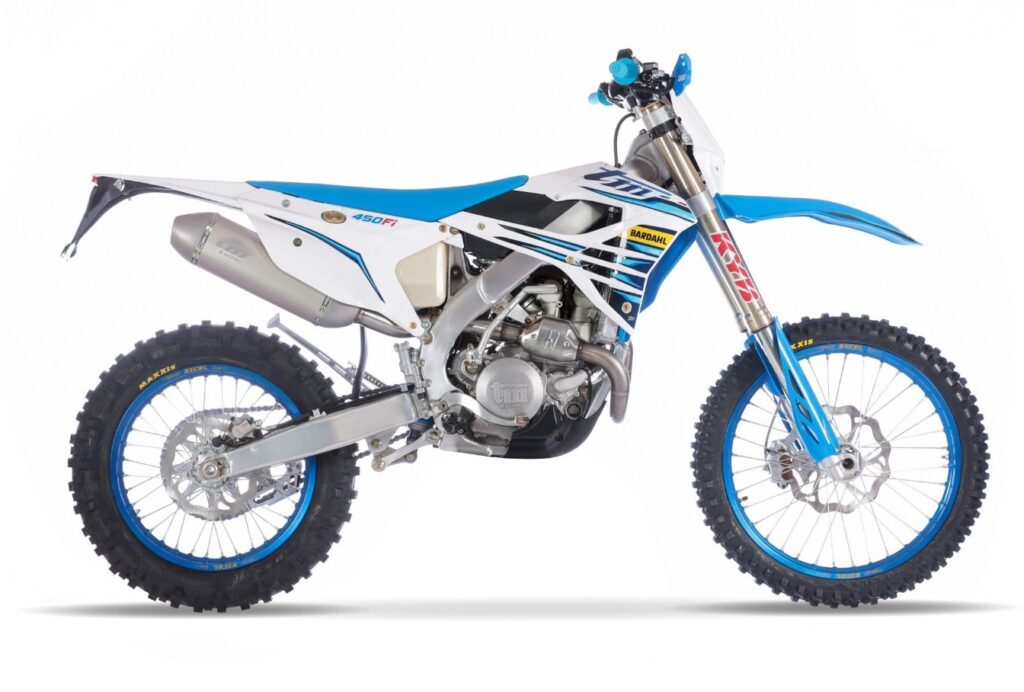
TM RACING
Dirt Bikes Pros And Cons
Dirt motorcycles, like any other vehicle or leisure activity, have advantages and downsides. The following are some of the advantages and disadvantages of owning and riding dirt bikes:
Pros:
Off-Road Capability:
Dirt bikes are intended for off-road riding, allowing you to explore trails, woods, deserts, and other natural settings that standard motorbikes or cars may not be able to reach.
Agility and Maneuverability:
Dirt motorcycles are light and nimble, making them ideal for tight and tricky terrain. This agility is essential for overcoming obstacles and difficult trails.
Thrilling and Fun:
Riding a dirt bike may be a thrilling and pleasurable experience. Off-road riding is made more exciting by the sensations of speed, jumps, and difficult terrain.
Physical Fitness:
Riding a dirt bike necessitates physical strength and endurance, which can lead to increased fitness and stamina.
Community and Social Aspect:
Riders of dirt bikes frequently develop a feeling of camaraderie. Group rides and activities may be a fun way to meet new people.
Skill Development:
Learning to ride a dirt bike requires a variety of abilities, including balance, control, and decision-making. It has the potential to be intellectually interesting.
Cons:
Safety Risks:
In comparison to other leisure sports, dirt riding can be risky and comes with a larger chance of accidents and injuries. Although necessary, protective gear may not completely remove all threats.
Cost:
It may be costly to maintain and outfit a dirt bike. Costs associated with initial purchases, routine maintenance, and replacement parts all add up.
Environmental Impact:
Off-road riding may have an adverse impact on the environment, causing noise pollution, soil erosion, and damage to plants. It is essential to use responsible riding techniques to reduce these effects.
Noise:
Since dirt motorcycles may be loud, people living nearby or in natural settings may complain about the noise.
Limited Road Use:
Since most dirt motorcycles are by default not street legal, they can only be used in off-road settings. It might be expensive and difficult to modify them for on-road use.
Seasonal Limitations:
Due to weather restrictions in some areas, dirt riding may only be an activity during specific seasons, making it a seasonal pastime for some riders.
Skill Barrier:
Effective dirt bike riding demands knowledge and training. Off-road riding has a learning curve, which can make it difficult for beginners to get started.
Maintenance:
Regular maintenance for dirt bikes includes cleaning, oil changes, and part replacements. Failure to maintain equipment might result in malfunctions and expensive repairs.
Individuals interested in dirt biking should assess the positives and downsides as well as their personal interests, talents, and safety concerns before participating in the sport. Many of the dangers may be reduced with proper training, safety equipment, and sensible riding behaviors.
FAQ About Dirt Bikes
1. What is a dirt bike?
- An off-road motorbike with a light frame is known as a dirt bike. For sports like motocross, trail riding, and enduro racing, they are frequently employed since they are made to tackle rough terrain.
2. How is a dirt bike different from a regular motorcycle?
- In general, dirt motorcycles include features like knobby tires, long-travel suspension, lightweight frames, and simple bodywork that make them ideal for off-road use. Regular bikes may not have the same off-road capabilities because they are made for on-road use only.
3. What is the engine size of a typical dirt bike?
- Although dirt motorcycles come in a variety of engine capacities, typical engine displacements for youth- and adult-sized bikes vary from 50 to 450 cc. For certain uses, there are additional greater displacement models.
4. Do I need a license to ride a dirt bike?
- In many locations, riding a dirt bike on private property or approved off-road routes is permitted without a regular motorcycle license. Nevertheless, depending on local laws, you could require a particular off-road or dual-sport motorbike license if you intend to ride on public roads.
5. What safety gear is essential for dirt bike riding?
- A DOT-approved helmet, goggles, or a full-face helmet with a visor, as well as gloves, riding boots, chest and body armor, knee and elbow pads, and the proper riding attire, are all necessary pieces of safety equipment.
6. Are dirt bikes safe for beginners?
- Beginners may ride dirt motorcycles safely, but it’s crucial to get a bike with the right engine size and to get the right instruction. Beginners should begin with smaller, less powerful motorcycles and enroll in lessons to master the fundamentals of riding.
7. Can I make my dirt bike street legal?
- It is feasible to install the required street-legal parts, such as lights, turn signals, mirrors, and a license plate holder, to some dirt motorcycles in order to make them road-legal. The method, nevertheless, differs depending on the area and type of bike.
8. How often should I perform maintenance on my dirt bike?
- The frequency of maintenance depends on things like the terrain and how often you ride. Oil changes, air filter cleaning and replacement, chain maintenance, and brake checks are among the usual maintenance chores. To find out about precise maintenance schedules, consult your owner’s handbook.
9. What type of terrain can dirt bikes handle?
- A range of off-road terrain, such as dirt trails, rocky outcrops, sand dunes, muck, and even motocross tracks, may be traversed by dirt motorcycles. The characteristics and design of a dirt bike determine the kind of terrain it can manage.
10. Can I use a dirt bike for racing?
Yes, dirt motorcycles are frequently utilized in a variety of racing events, such as motocross, enduro, supercross, and desert racing. Both amateur and professional cyclists participate in these competitions.
11. What’s the difference between two-stroke and four-stroke dirt bikes?
While four-stroke dirt motorcycles complete the cycle in just four piston strokes, two-stroke dirt bikes’ engines complete the cycle in just two. Two-stroke engines are renowned for their small size and quick power, whilst four-stroke engines generate power more smoothly and controllably.
12. Are there youth-specific dirt bikes available?
Yes, there are kid dirt motorcycles made for young riders with smaller engine capacities and lower seat heights. These dirt motorcycles are ideal for novices and riders who aren’t quite ready for full-sized dirt bikes.
Conclusion
Please keep in mind that precise information and rules related dirt motorcycles may differ by location, therefore it’s essential to verify local laws and requirements before riding or owning a dirt bike.
